6. Sound
I’ve always liked CA’s FIBAE models and I find they really offer a lot of value for the price they’re selling for. I didn’t really have a favourite FIBAE model up to now (ok, maybe the FIBAE 4), but with the FIBAE 7 I have to say I have found my number one.
According to Piotr and co, the FIBAE 7 is tuned as a natural sounding IEM with weighty lows, forward smooth vocals and detailed, easy-going treble. Custom Art also states that the FIBAE 7 comes with a big headroom, extreme dynamics and a fast transient response. All of this making it the ideal monitor for audiophiles as well as for musicians who are looking for precision and naturality.
I can agree to most of that but there’s always something more we can tell, right?
General
The FIBAE 7 is a uniquely tuned monitor where the mids are probably the most impressive part. The FIBAE 7 isn’t a typical neutrally flat tuned monitor however, and you get a bodied (yet not too much) type of sound, with smooth, natural lower mids and more forward upper mids and vocals. Yes, the FIBAE 7 is more forward sounding in the mids, yet it is musical and pleasant to the ears as well and it performs with ease.
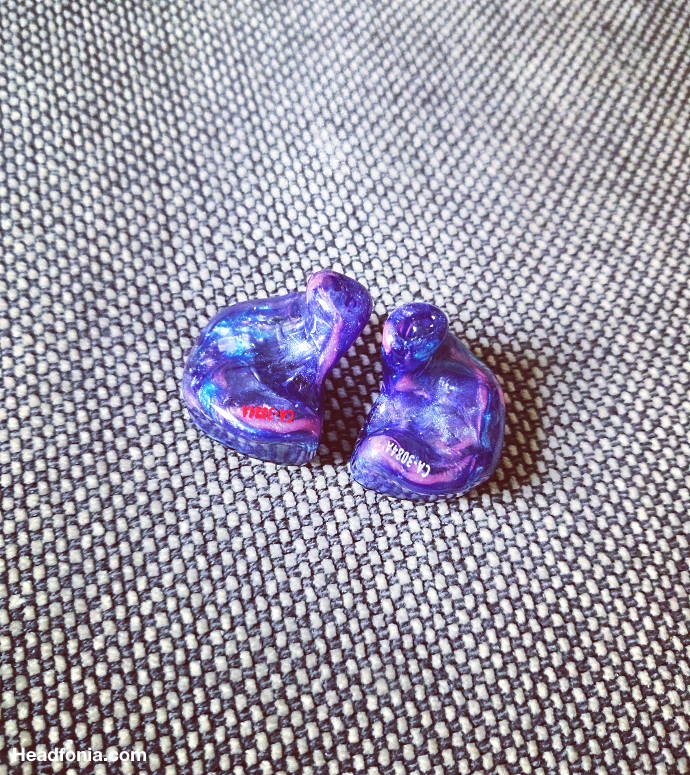
From bass to mids to treble, the FIBAE 7 shows lighter yet enough body. The bass impact, lower mid smoothness, forward upper mids/vocals and top end sparkle make it a very engaging monitor. One that combines details and technicalities with pure musical enjoyment. And that’s always a win in my book.
Sound stage wise the FIBAE 7 isn’t the very widest or deepest sounding IEM on the market, and you get a closer kind of presentation. But don’t mistake that for a small sound stage as the FIBAE 7 never sounds narrow. What Custom Art has done is very remarkable as the decay, spaciousness, staging and positioning within its width confinements are very impressive. Once you’ve experienced it, it’s a joy to listen to.
As said the depth, layering and width are good but it’s not the most extended, layered monitor on the market. The separation, timbre and decay however are very nice and if you hook the FIBAE 7 up to a higher end source such as the SP1000 from Astell&Kern, it will really impress in this regard.
The FIBAE 7 from top to bottom shows good detail, great speed and excellent dynamics. With its musical character it becomes addictive and engaging.
Basics
Bass has enough body and impact and sub bass will be present when called upon. It’s not light but it’s not at bass head levels either. Bass is tight and fast and comes delivered with a good punch. Bass certainly isn’t what we call full neutral, it’s more bodied, musical and food tapping. Bass goes down quite well. The sub bass presentation depends a bit on the source you’re using it with but it is there. The only more negative point here with some sources is the fainter layering, but all in-all a really enjoyable bass presentation.
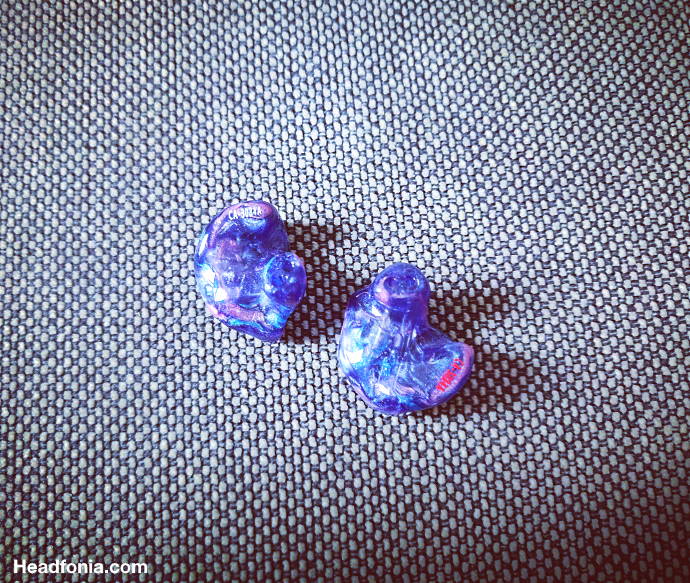
The bass flows perfectly over to the lower mids which share the same body and thickness. The mids have a nice sense of air and come with excellent separation and impressive decay. The lower mids sound natural and have a hint of smoothness and warmth. The mids have good separation, excellent dynamics and are rich in detail. The mids also have the best layering compared to bass and treble. All this combined with the forward and realistic/natural voicing, make the mid region the most exciting, musical part of the monitor.
The treble section is also full bodied and is presented in a smooth, yet sparkling way. Treble has good detail and sounds alive, though it’s not the most extended or detailed. Treble will always be easy to listen to, and it will in no way become harsh or sibilant. It fits in perfectly with the characteristics of the mids and bass and we have a really nice balance here from top to bottom.
7. Source
With the FIBAE technology, the type of source used only has a limited impact on the monitor’s sound signature. Yes you can still notice and listen to the impact different sources have on the sound, but the signature stays unchanged. What the FIBAE 7 will do however is make you hear everything the source is sending to it. So the better the source, the stronger the 7 performs regarding detail, extension and dynamics.
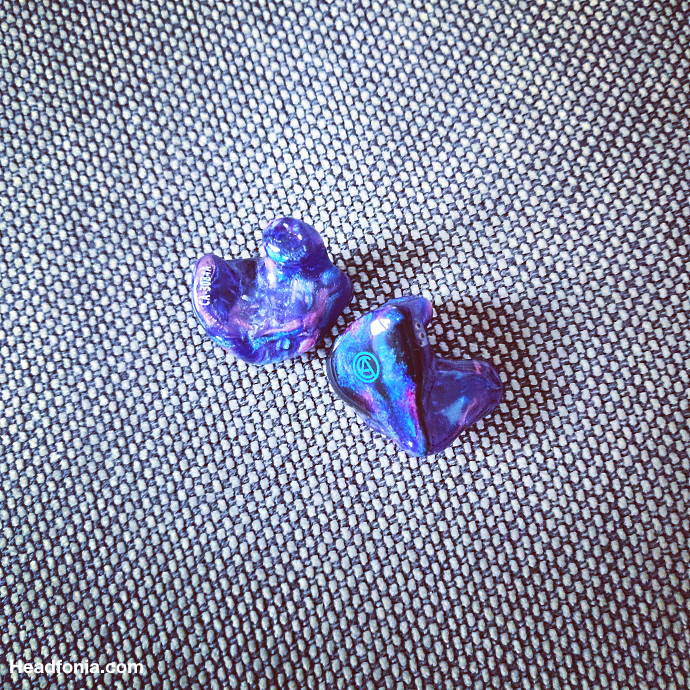
That does make this monitor somewhat easier to review as there just is less to experiment with and talk about. At the same time that also means you can no longer really tune your monitor’s sound exactly the way you want it or are used to doing it. Changing your source just doesn’t have the same impact it usually has.
Thanks to our revolutionary Flat Impedance technology, FIBAE 3 will retain its sound signature with all audio players, sound cards, amplifiers or just a smartphone.
I didn’t really find one specific source which made the FIBAE 7 perform best but that’s actually good news as it means the F7 sounds great with multiple sources. I mostly used it with the SP1000, the Cayin N6II with both modules, the L&P LP6 and the Chord Mojo. The typical qualities of each source can be found in the FIBAE 7 and looking at it like that, it’s safe to say the FIBAE 7 is transparent and it elevates its performance when driven by a really good source. I really don’t see why you would want to hold the FIBAE 7 back. A TOTL monitor deserves a really good source.
The last part of the article with FIBAE comparisons and the conclusion can be found on the last page right here.





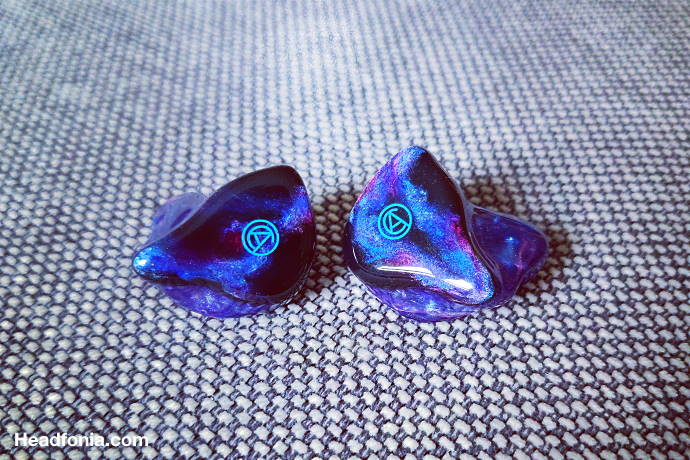
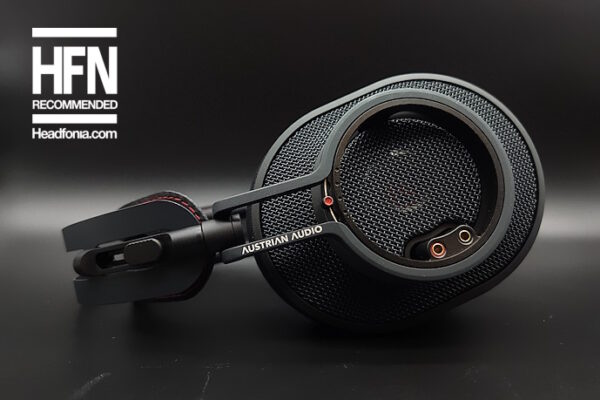

ERIC BUBERWA
I am a big fan of music, local on stage performer. I like especially the alternative classic rock and other genres of music and for that matter i am a big fan and user of variety of IEM’s. I am excited to yet try FIBAE 7 because they seem to be a game changer
SC
In your opinion, does the F7 eliminate the rest of the FIBAE lineup i.e. if you have the F7, then there isn’t much use in having any of the others? Or is there still a place for the rest of the lineup? I own the Black (hoping it returns from Custom Art soon from repair/fitting work) and see resell deals pop up now and then for some of the other models. It’s always tempting since Custom Art has a reasonable owner transfer system. Would I benefit from pairing the Black with other FIBAE models or would it be best to hold off for the F7?
Lieven
Is F7 the technical best? Yes, but it also different enough from the other FIBAE models to be complementary. If you can affors having the BLACK/Four as well as the 7, I would certainly do so. If you can only afford one it depends on what signature you like most. The comparisons are in the article. Good luck and thanks for the comment.
SC
Thanks for the reply. I am in the position where I don’t have enough experience to know how to correctly correlate the comparisons to my own ears. So, I keep reading reviews in the hopes one day I’ll get to try things out and better train my ears to understand what’s going on 🙂 Thanks for the recommendation – I’ll keep my eyes open for the F4 or F7.
Baptiste_C
Hello Lieven,
I have a serious interest to buying a new custom IEM for music listening (50%), mixing in night club (25%) and playing drums in a jazz band (25%). Also record and mix sometimes. I listen to every genre of music techno, house, jazz, us old school rap, classic, country, pop, rock, and every king of modern commercial production.
My IEM portfolio is all Earsonics (buy the way I am French) and I have several Fiio sources to feed them.
I have the ES3 : that I like for their articulate smooth delivery and were my 101 class in decent music listening.
The custom EM32 : that I adore for their bass and their overall ability to display the body and the soul of the sound in the entire spectrum even at medium volume but I wish for a bit more dynamics.
And finally the S-EM9 : that I really like for its dynamically detailed sound but at times it sound skinny and a bit too bright for me. It gives me the sensation that I am being pointed at by a flashlight right in the face.
Therefore the perfect IEMs for me would be a perfect balance between macro and micro details in the sound. And being preferably darker than brighter sounding but displaying descent stereo/staging, dynamics, clarity and transparency without the need to being the best or excelling in all these areas.
I would love bass that are well extended and tight with a capable sub (but slightly north of neutral in quantity). I would like organic mids (cause despite having a love affair with bass, emotional verve comes from the mids). And finally well extended treble but remaining smooth and never peaky.
I would like to have an advice to select a European (mainly to avoid import tax) 1100/1200€ max custom IEM. I had in mind the FIBAE 7 and the Earsonics EM64.
Are other options available out there?
Wylfsyn
I tried FIBAE 4, 6 and & last week on Audio Video Show in Warsaw. I’ve even met Piotr Garlicki in person:) As for my ears FB 6 seduced me with it’s powerful bass, 4 and 7 models were just behind. Mass drop edition just played lows as good, as my Polaris Mk2 from Campfire Audio.
Note: As Piotr said, every CA IEM can be ordered as universal.